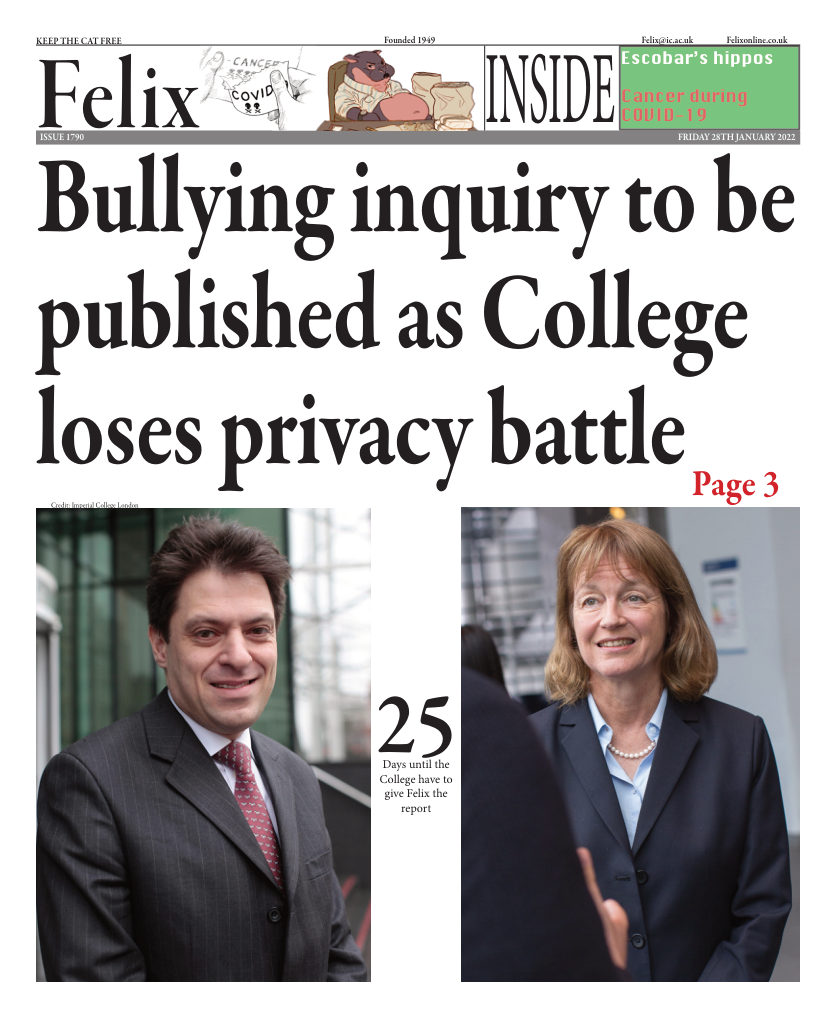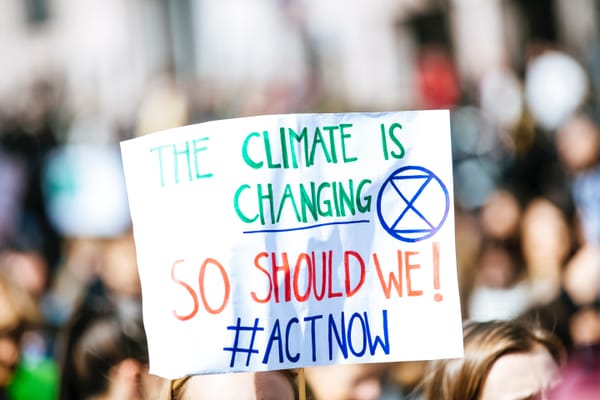Hippos in Colombia: The tale of a charismatic invasion
Colombia is considered one of the world’s most diverse countries, making up 10% of the planet’s biodiversity

Colombia is considered one of the world’s most diverse countries, making up 10% of the planet’s biodiversity. Surprisingly, the most publicised species living in the country is not Colombian. This is a tale about a foreign species: the hippopotamus. Hippos live natively in sub-Saharan Africa where they spend most of the time in water. So how did these hippos end up in Colombia?
Back in 1981, drug lord Pablo Escobar imported three females and one male hippo, amongst other exotic animals, from a zoo in the USA to his ranch named Hacienda Nápoles. This 20 square-kilometre ranch is located close to the Magdalena River, which is the main river of Colombia, travelling over 1.528 kilometres. In 1993, Pablo Escobar died and with him his exotic zoo—most animals were distributed to other preservation sites. An exception were the hippos, who were left in their comfortable pond, mainly due to transportation difficulties as well as the lack of awareness at the time of any risk of leaving the hippos behind. By 2006, when the ranch was remodelled as a touristic park, the initial hippos had reproduced into approximately 16 individuals, wandering through the premises and proximate ponds. More recently, these hippo offspring have been sighted 100 kilometres up the river.
Currently, there is no census data available for the hippo population in Colombia, but models are predicting over 5,000 individuals by 2050. This rapid increase in population reflects the gravity of invasive species. These hippos don’t have natural predators in the country, are enjoying wetlands areas that last the whole year (in Africa the dry season diminishes their living conditions), and find enough food from the biodiverse area. It has even been found that they are maturing faster than their fellow African individuals, due to their excellent growing conditions.
In 2009 some hippos started living closer to villages, affecting crops and cattle. Given this situation the government and hunting specialists killed one male hippo named Pepe. Pictures of the deceased Pepe were seen with outrage in the world. So much so that a US federal judge granted the description of “interested persons” to these hippos, becoming the first time that the American judicial system has recognised the legal personhood of a nonhuman. After culling was banned in Colombia, the new measure from the government has been to sterilise the individuals. Unfortunately, this process requires complex logistics and is slow and costly. In addition, experts have announced that this measure will only be successful if a high proportion of males are castrated rapidly.
Still, the problem becomes bigger with time. The consequences of this charismatic species range from endangering native species, such as manatees, to causing changes in the river. For example, an increase in algae and oxygen depletion have been attributed to the hippos’ faeces. Also, it has created a divide between locals—those that have found in hippos the perfect touristic attraction and others affected by hippos destroying their livelihoods or threatening their lives.
A political debate has arisen with opposing views on what the future of the hippos in Colombia should be. A candidate for this year’s elections has suggested building a sanctuary for the animals, based on the moral standard that the hippos have a right to live. On the other hand, this idea has been criticised given its costs and lack of coherence for preserving hippos over Colombian native endangered species. In this sense, some have suggested that it is time to acknowledge this charismatic species as an invasive and dangerous one for the country, and to not discard culling as a possible way out.
The solutions are far from ready, especially in the public scene where Colombia has adopted hippos as an unofficial mascot. This issue needs to be prioritised immediately by the government, gathering experts, locals, and scientists, amongst others, to discuss the current situation and the need to work fast and forward to avoid damages and further expansion of this species that doesn’t belong, however attractive it is.








